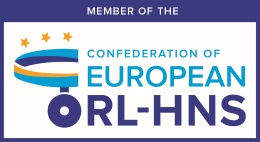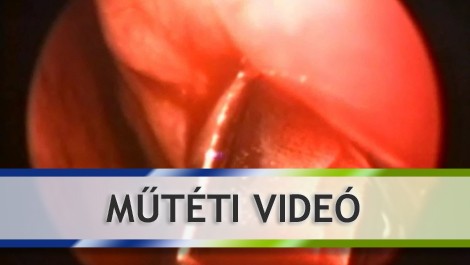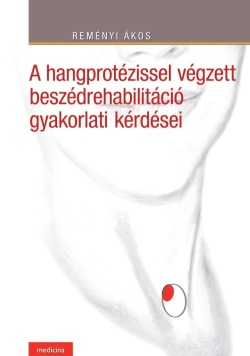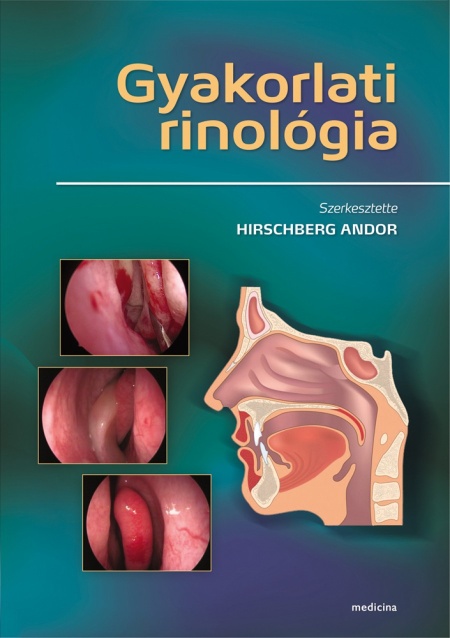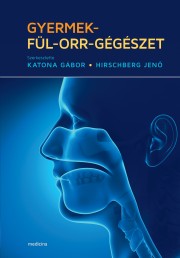A Da Vinci operációs robot szerepe az ismeretlen primer fej-nyaki tumorok diagnosztikájában – A Groningeni Egyetem tapasztalatai
ÖSSZEFOGLALÁS
Bevezetés: A fej-nyaki régióban észlelt metasztatikus nyirokcsomók 2-4%-ában a primer tumor ismeretlen, amelynek leggyakoribb feltételezett helye a garatmandulák, valamint a nyelvgyöki régió. Ismeretlen fej-nyaki tumorok (carcinoma of unknown primary, CUP) esetében a teljes fül-orr-gégészeti fizikális, eszközös és radiológiai képalkotó vizsgálatok elvégzése kiemelkedően fontos. Pánendoszkópia során nem észlelt primer tumor esetében, nyelvgyöki mandulareszekció és tonsillectomia végezhető transzorális robotsebészeti (TORS) eljárás során.
Célkitűzés: Jelen tanulmány a Groningeni Egyetem CUP indikációjával elvégzett, transzorális robotsebészeti műtétekkel szerzett tapasztalatait foglalja össze.
Módszer: A Groningeni Egyetem Fül-orr-gégészeti és Fej-Nyaksebészeti Klinikáján (Hollandia) 2018. november és 2022. december közötti időszakban transzorális robotsebészeti beavatkozással végzett eseteket retrospektív analizáltuk. Az elektromos betegdossziékból az érintett betegek daganatának lokalizációját, stádiumát, illetve a műtéti és posztoperatív adatokat gyűjtöttük ki. Logisztikus regressziót alkalmaztunk a klinikai paraméterek és a primer tumor megtalálása közötti kapcsolat elemzésére.
Eredmények: A 81, TORS-on átesett beteg közül 26 beteg esetében volt ismeretlen eredetű tumor az indikáció. Egy alkalommal végeztünk tonsillectomiát, 6 esetben kizárólag a nyelvgyöki tonsilla reszekcióját, és 19 betegnél mucosectomiát (a garati és a nyelvgyöki tonsillák eltávolítása egyaránt). Tizennégy esetben (54%) igazolódott az eltávolított mintában laphámkarcinóma. Tizenkét esetben volt a minta p16-pozitív, és e tumoroknál a primer tumort szignifikánsan gyakrabban azonosították. Négy esetben (15%) jelentkezett posztoperatív vérzés, amelyet narkózisban végzett transzorális műtéti beavatkozással láttak el.
Következtetés: CUP esetében a betegek 50%-ában transzorális robotsebészeti ellátás során megtalálható a primer tumor, amire nagyobb esély van HPV-hez köthető tumorok esetében. A transzorális robotsebészettel végzett tonsillectomia és/vagy nyelvgyöki mucosectomia nem csak diagnosztikus, hanem terápiás is, mivel így csökkenthető radioterápia során a besugarazott terület nagysága.
KULCSSZAVAK
ismeretlen fej-nyaki tumorok (carcinoma of unknown primary, CUP), mucosectomia, transzorális robotsebészet (TORS)
SUMMARY
Introduction: In 2-4% of metastatic lymph nodes detected in the neck region, the primary tumor is unknown, the most common presumed sites are the pharyngeal tonsils and the region of the base of the tongue. It is crucial to do thorough otolaryngological physical, instrumental, and radiological imaging investigations in the case of unidentified head and neck tumours (carcinoma of unknown primary, CUP). Tonsillectomy and tonsillectomy of the base of tongue can be done during a transoral robotic surgery (TORS) technique if a primary tumour was not found during panendoscopy.
Objective: This study summarizes the experience of the University of Groningen with transoral robotic surgeries performed in the indication of CUP.
Method: We retrospectively analyzed cases that underwent robotic surgery between November 2018 and December 2022 at the Department of Otorhinolaryngology and Head and Neck Surgery of the University of Groningen (The Netherlands). The localisation and stage of the tumor, the surgical and postoperative data were collected from the electronic patient files. Logistic regression was used to analyze the relationship between clinical parameters and the finding of the primary tumor.
Results: Of the 81 patients who underwent TORS, 26 patients had a carcinoma of unknown origin as an indication. Tonsillectomy was performed on one occasion, in 6 cases only resection of the lingual tonsils and in 19 patients mucosectomy (removal
of both pharyngeal and lingual tonsils). In fourteen cases (54%), squamous cell carcinoma was confirmed in the removed
sample. In twelve cases, the sample was p16 positive, and in these tumors the primary tumor was identified significantly more often. Postoperative bleeding occurred in four cases (15%), which were treated during transoral surgery performed under general anesthesia.
Conclusion: During transoral robotic surgery for CUP, the primary tumour is discovered in 50% of patients, which is more likely in the case of tumours linked to HPV. In order to limit the size of the irradiated area during radiation, mucosectomy using transoral robotic surgery is both diagnostic and therapeutic.
KEYWORDS
carcinoma of unknown primary (CUP), mucosectomy, transoral robotic surgery (TORS)




